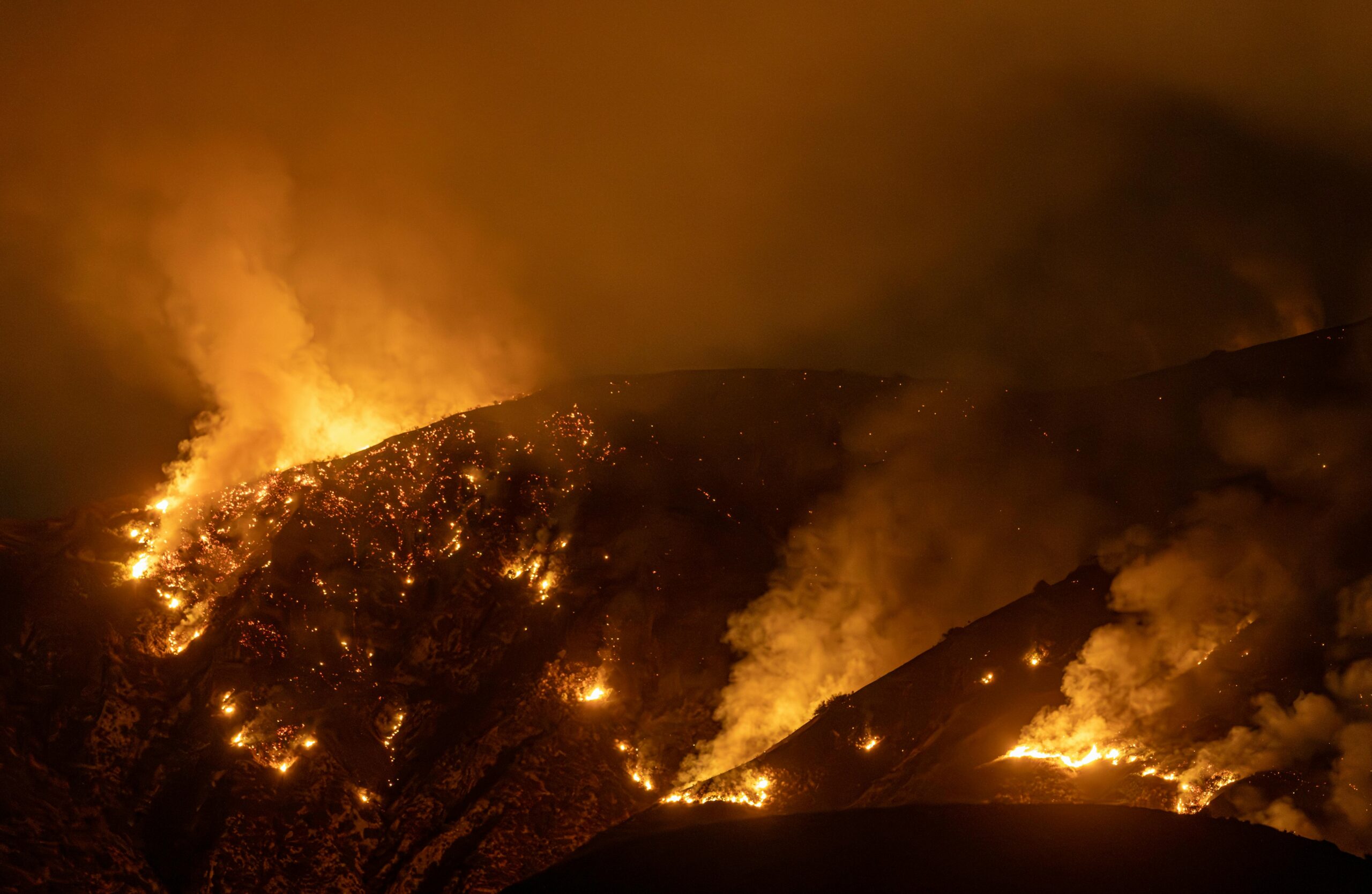Overview
Clean, Affordable, and Accessible Energy
The transition from fossil fuels to clean energy is crucial to the health and economic futures of communities of color.
For far too long, energy policy has been dictated from above: Energy decisions that impact people’s daily lives have been made for them, not by and with them. This is particularly true for communities of color, who have often been excluded from decision-making and bear the brunt of health and climate impacts of fossil fuels. The result: communities of color face more barriers to accessing renewable sources of power.
Bringing clean energy into our communities is not only imperative for the health and resilience of communities of color facing increasingly dangerous climate disasters, there is also the opportunity to bring economic advancement to formerly redlined neighborhoods.
OUR SOLUTIONS
Clean energy drives economic opportunity
The Greenlining Institute is working to maximize the potential benefits from a transition away from fossil-fueled technologies for low-income and disadvantaged communities by advocating for:
Energy Affordability: We need new regulations on utility rate reform and debt relief that center the needs of communities of color. Many federal and state energy programs base eligibility around income related to the federal poverty line, but local cost of living must be a factor in policies and programs.
Equitable Building Decarbonization: There is a lack of access to and low adoption of energy programs targeting low-income communities. Poorly designed decarbonization policies and projects can put excess stress on tenants, causing displacement and/or exacerbating rent burdens and energy insecurity. By embedding equity into building decarbonization policies and programs, we can increase their accessibility and adoption, protect against further displacement and gentrification, and empower renters and homeowners to live in healthier homes and neighborhoods.
Clean Energy Sourcing & Accessibility: Households that have utility debt cannot afford the high upfront costs of switching from gas to a fully electric system. This and other factors mean that communities of color have significantly less solar power infrastructure and installation than other communities. As more users transition to renewable energy, the costs of maintaining and distributing electricity will fall on non-solar adopters. Centering the perspectives and priorities of low-income communities of color when transitioning from fossil fuels will ensure our communities have greater access to clean, affordable energy and its associated positive health impacts.
Inclusive and Resilient Economy: In the transition from fossil fuels, low-income communities of color should be able to access high-quality jobs, have ownership of energy assets, and be at the table when decisions are made about energy projects. We need policies to empower communities of color and establish pipelines to clean energy jobs through job training, education, and apprenticeship programs.
OUR WORK
Equitable Electrification
Greenlining works to ensure that our communities can have both cleaner and more affordable energy.
We advocate for programs that bring more clean energy investments to our communities, and for protections that help keep bills affordable. We are working to create healthier conditions in households, decrease indoor and outdoor air pollution, mitigate climate change, increase access to beneficial clean-energy technologies, decrease high energy burdens, support housing policies that preserve and promote housing affordability, and build a resilient workforce in the clean energy economy.
Equitable Building Decarbonization: There is a lack of access to and low adoption of energy programs targeting low-income communities. Poorly designed decarbonization policies and projects can put excess stress on tenants, causing displacement and/or exacerbating rent burdens and energy insecurity. By embedding equity into building decarbonization policies and programs, we can increase their accessibility and adoption, protect against further displacement and gentrification, and empower renters and homeowners to live in healthier homes and neighborhoods.
We created an Equitable Building Electrification Framework to address the opportunities and challenges that electrification presents for low-income communities – 70% of whom are renters. The framework finds that electrification can be a transformative force for low-income residents and it explains the steps the state must take to ensure that electrification helps close the clean energy gap in California and provides relief to millions of residents facing energy insecurity in the current system.
Inclusive and Resilient Economy: In the transition from fossil fuels, low-income communities of color should be able to access high-quality jobs, have ownership of energy assets, and be at the table when decisions are made about energy projects. We need policies to empower communities of color and establish pipelines to clean energy jobs through job training, education, and apprenticeship programs.


